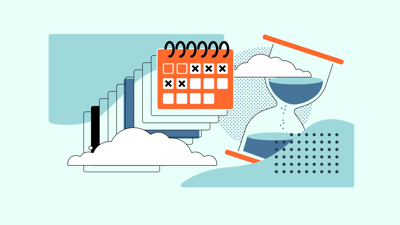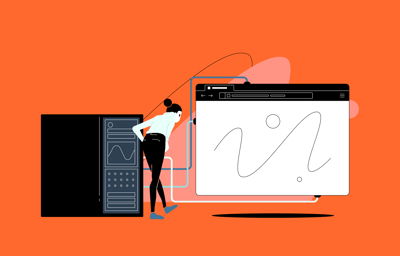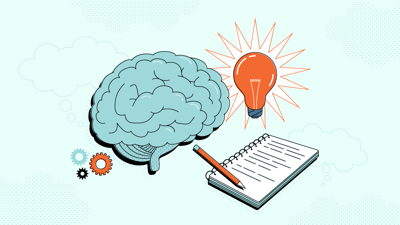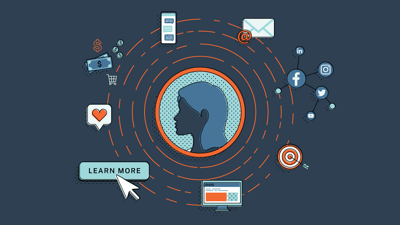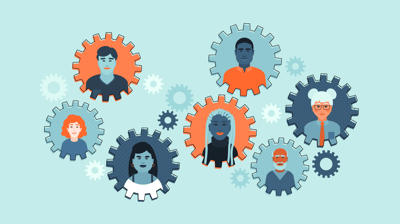
How Our Team’s Experiences Shape Our Diversity, Equity, and Inclusion
For many, the end of a year brings opportunity for reflection, followed by resolutions to guide the months ahead. Perhaps you’ve got a new practice or habit in your life you plan on starting. Maybe you have a word that will guide your decision making over...

